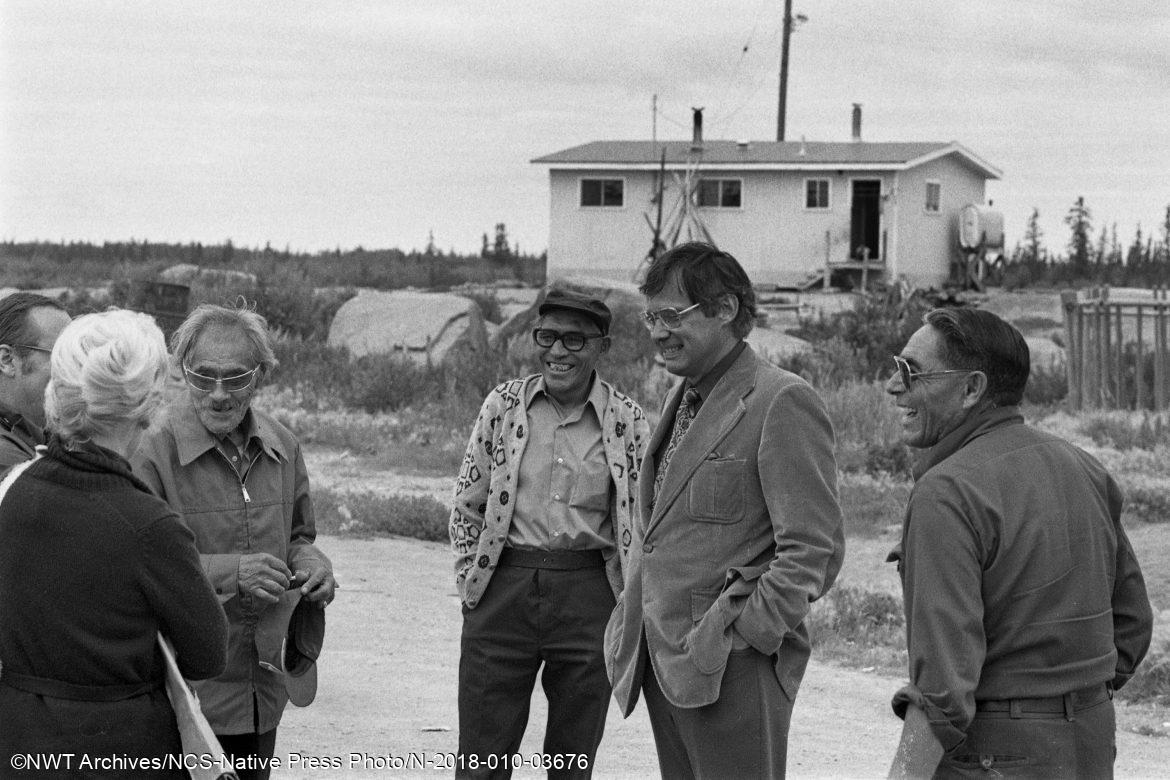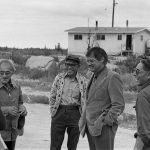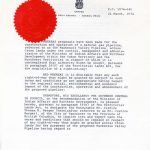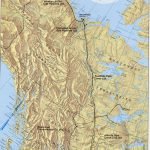1974
The Berger Inquiry
The Paulette Caveat and the Morrow Decision established the legal Dene right to the land of the NWT. Within a year, the importance of this shift was recognized in most communities up and down the Dehcho. Resource development would no longer take place without consulting Indigenous stakeholders.
A push for gas and oil exploration meant the need for a pipeline to carry the commodity south down the Mackenzie Valley. The new Mackenzie Valley pipeline was the largest megaproject ever proposed for the North, exceeding the size of the Canol pipeline 30 years earlier.
The federal government, led by Pierre Trudeau, provided incentives for oil and gas exploration in the Beaufort Sea. Companies such as Dome Petroleum, Esso, Shell, and Petro Canada searched for energy reserves to extract. The application for permission to construct the pipeline showed the growing need for consultation with affected people. The strengthening voices of the Committee for Original People’s Entitlement (COPE) and the Indian Brotherhood ensured the hearings included Indigenous voices. They showed that Indigenous people were actively organizing, advocating and protecting their rights against outside interests.
In 1974 Justice Thomas Berger came to the North to consider the social, environmental, and economic impact that the pipeline’s construction would have on all the people of the Mackenzie valley – Dene, Métis, Inuvialuit, and non-Indigenous. Justice Berger went directly to the people who would be affected most by the construction of the pipeline. Berger went a step further than chairing the consultations; he insisted that the meetings be shared on local radio in Indigenous languages. His insistence created a core of bilingual interpreters who followed the hearings and shared information with their communities so that they could access it in their language.
Chief Frank T’Seleie spoke for the Dene people of Fort Good Hope. His message to the Inquiry and the oil consortium was clear: “We are only asking now, as we asked you then, to let us live our own lives in our own way, on our own land without forever being threatened by invasion and extinction, we do not want to have to fight and struggle forever just to survive as a people.” He continued, “Mr. Berger, there will be no pipeline.”
Judge Berger listened to Chief T’Seleie and the people from 35 northern communities. In Old Crow, a settlement of 250 people, 81 spoke. The Mackenzie Valley Pipeline Inquiry ended in 1977 with the final publishing of The Northern Frontier, the Northern Homeland: The report of the Mackenzie Valley Pipeline Inquiry (MPVI), more commonly known as “The Berger Report.” The final report was published with over 500 pages and over 40,000 pages of text and evidence comprising 283 volumes. The Report recommended a ten-year moratorium on constructing a pipeline. The moratorium was intended to allow time to settle land claims in the areas that would be affected by the construction and use of the pipeline. The Inquiry presented Dene, Inuvialuit and Cree as integral to the Canadian identity and validated their Indigenous right to be consulted on development projects that occur on their land. The new age of land claims and treaty negations began.




